|
This is for you fine folks who might not have made it out, or who found it too crowded in that room. Yes, I'll admit it. I like it when the attendance numbers for an opening of mine are measured not in tens or dozens, but hundreds (can I thank you enough for coming?? I can't!)... but is there really a less conducive environment for taking in art than an art opening? I'm speaking honestly here. What could be worse for introspective, thought-provoking reflection than being jostled by dozens– oh wait, hundreds (thank you!) of friendly (thank you!) people? People don't really look at art when they go to art shows. They want to, sure. But usually you end up chatting with your friends, or the artist, or the nice guy behind the reception desk. There's human connection happening here. The art can wait. If the stuff really moves you, you'll stop in again later when everyone's gone, when there's actually space to hear yourself think. At my most recent show, however, the art couldn't wait. That show only lasted four and a half hours of one evening. Two-hundred and fifty-odd people later, it was all over, never to resurface. The ephemeral beauty of a one-day show was one of the reasons I accepted the offer; thank you all for making it the raucous, joyous cacophonic din of a celebration it was. I'll never forget it. By request, this post includes all the photo-related materials you might not have had a chance fully take in: the statements, the darkroom explanations and more (we're going to forget about the book for a second; it's photo time!). I'm also including representations of all the photos used in the show in a slideshow, below. But please remember: none of the pictures in the slideshow are art. They're just representations of art. They're copies, and especially as the show was so much about the beauty of what analogue prints look like in person, you can understand how pointless the digital negative scans I include here are. They're for reference only. Those of you who were there will remember the richness of the colors, the deepness of those silver halide blacks, and the burned-in light bleed and negative sprockets surrounding the images, like so: Sometimes you just have to see things in person. But I hope these thoughts and pictures of pictures offer a record, and something to chew over. Enjoy! Statement: On people Here we are diggin' a lil deeper into what separates a film print from a digital print. Obviously I can't show you the subtleties of what we're going on about except in person, so we'll have to exercise our imagination/memory a little here. But all the same holds true of any optical print of a negative onto light-sensitive paper, which, if you've been alive long enough to know what Y2K means, is probably what most of your family photos are. Reach into that old Bartell's envelope. Color darkroom: What's the big deal?? What are the narrow image strips with different bands of brightness? They're called "test strips," and you make them before doing a full print. They help you determine how much of which color of light to shine onto your paper, for the right color cast. Note the color shifts from one test strip to another. They also help figure the amount of light you want to burn those crystals with: the banded image is 2 seconds of light on the lightest end, then 4 seconds, then 6 seconds, and so on. Again, the scans below are just to give you an idea. But you can still tell they're film– the dreaminess of the grain, the color scale and tonal range, the multiple exposure possibilities. On prints I like to file the negative carrier (pictured below the slideshow– with the "Yay" sticker) so light can burn through the edges and leave a surrogate border of burned light and exposed sprockets, as evidence of the process, as if to say: this was made by hand and light. On negative scans, where that isn't possible, I like to leave dust and hair on the scanner glass, to similarly reinforce the origins of the format: this is film. For some reason this is really important to me. Hover over the images for titles and film stock info. Also available at the show were hard-copy handouts of this epic teardown of Evergreen's failure to keep its own world-renowned color darkroom going. Here's the Ilford color processor they ran for decades; Ilford only made one color processor. This one. If you talk to people about color processors, and you tell them you worked on an Ilford, they won't know what you're talking about. This was it. It was great. It made everything at my show. Now it's walled off in a dark basement. Yes, I was handing out packets of reading material at a show on a Saturday night. I realize this puts me somewhere between overexcited schoolteacher and communist leaflet dispenser... but it's my passion! A friend told me it's "the only post where I actually sound angry for once!" I can't help it, my dears. It's the art form we're talking about here. I link to it above one paragraph ago. Here it is again. Share it around! The biggest reason film still exists is because, well, there's nothing else like it. Put simply and objectively, it yields a better image. But there's also something undeniably attractive about that which is tactile, tangible, real: Books. Vinyl. Talking to people. Film. Lived experience. Working with your hands. The process of light hitting crystals, and chemical baths and organic nature of the development. If you're still reading this, it's because you're curious about life. Interested, not just in your own field, but in the world around you. The little things. Like differences in how photos are made. Why I take pictures of people. This blog is itself a celebration of that type of seeing; it is nothing if not a compendium of thousands of little moments, things that happened between real people, things that tell us a little something about life works on this earth.
Thank you for taking an interest. Prints of mine are always for sale. Inquire!
2 Comments
Roma
10/21/2018 03:52:49 am
I so wish I could have attended your art show opening but since time and distance did not allow personal attendance your posted narrative at least gives me a feeling for what it might have been. I always enjoy your descriptions of our world and the humanity that occupies it. You create a time lapse in which we have an opportunity to step outside the frenzy of everyday life to actually see, sense and feel what is around us. Maybe even understand and have empathy. Thank You!!
Reply
Nathan
10/24/2018 11:29:10 am
Roma,
Reply
Leave a Reply. |
Nathan
Archives
July 2024
Categories |
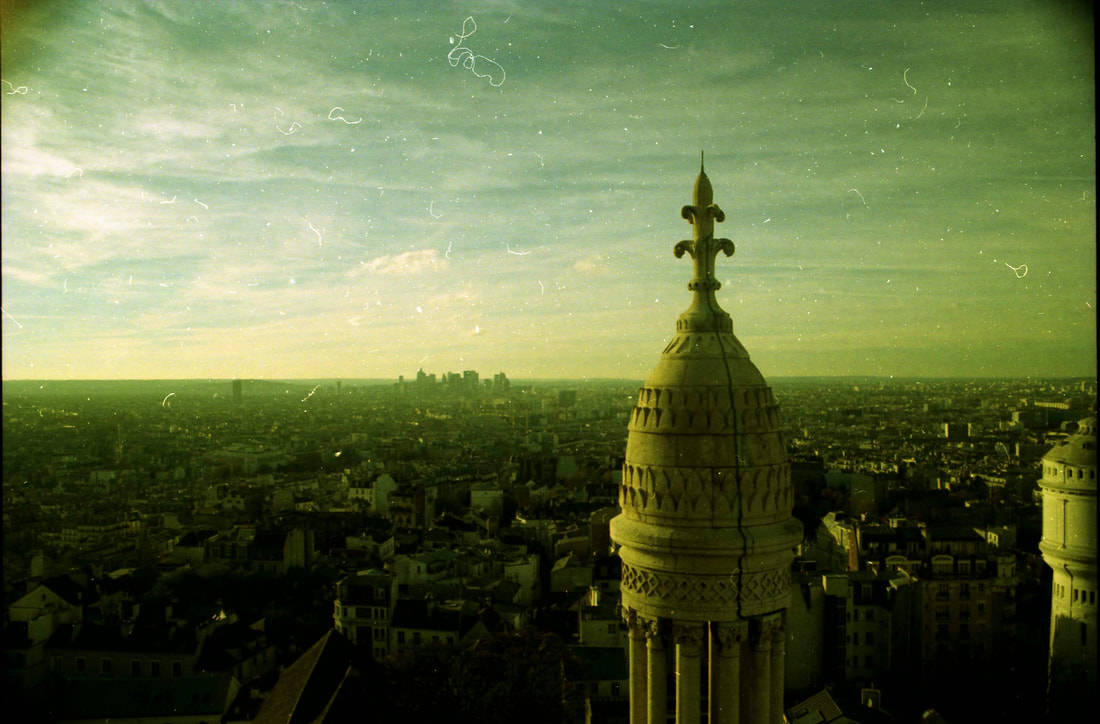
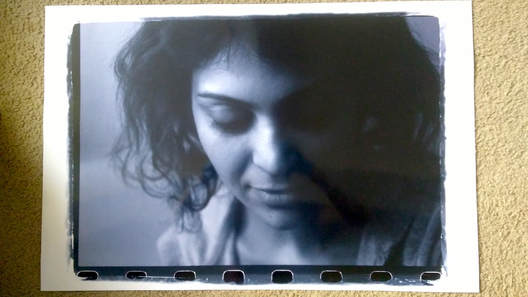
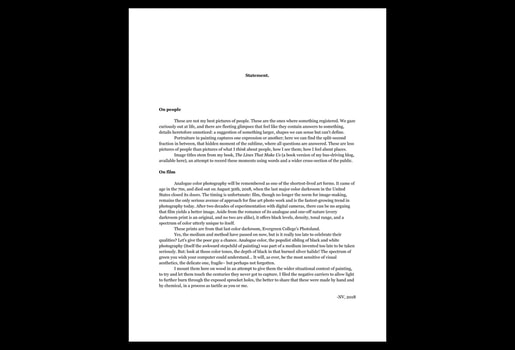
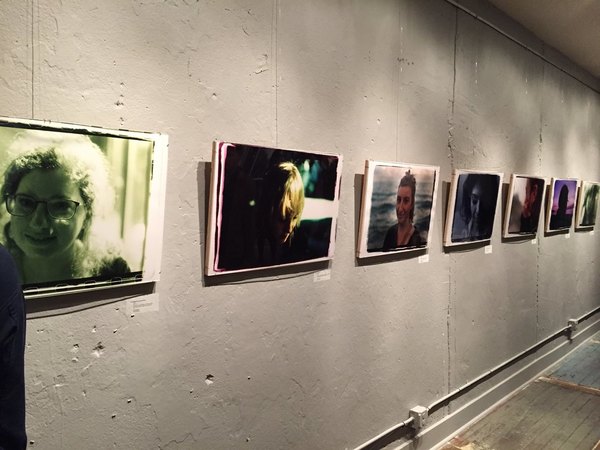
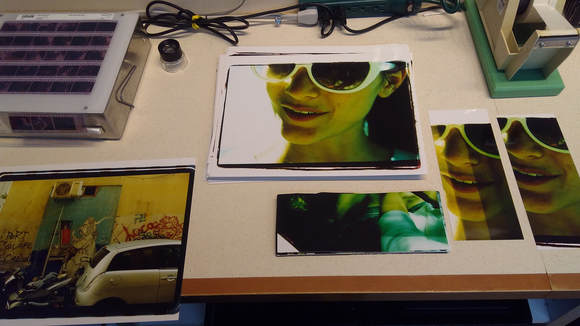
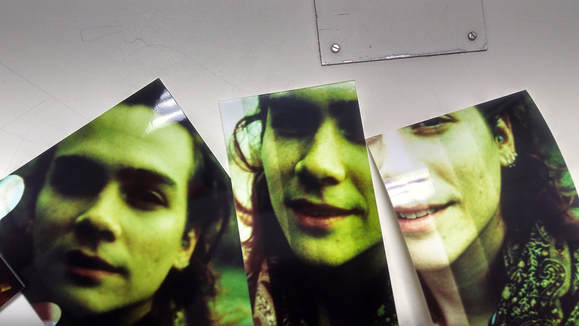
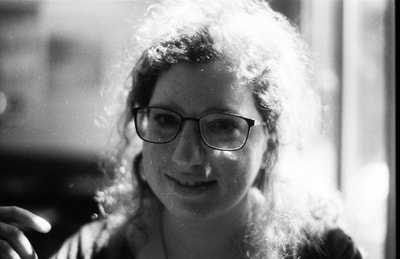
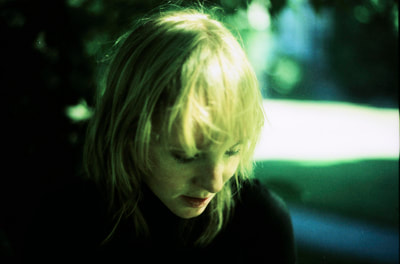
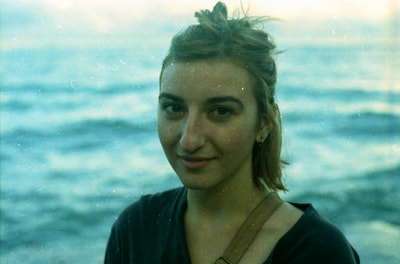
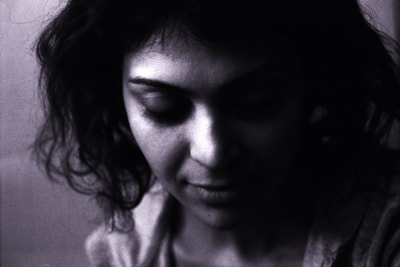
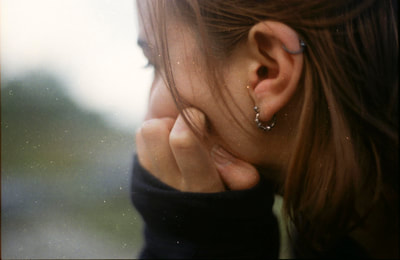
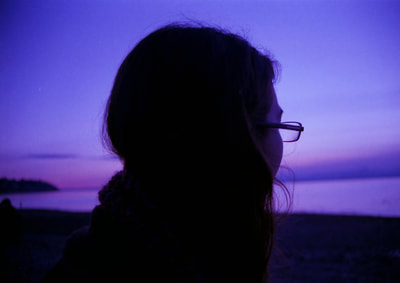
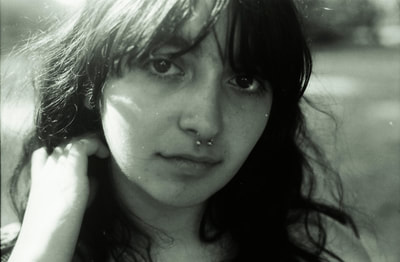
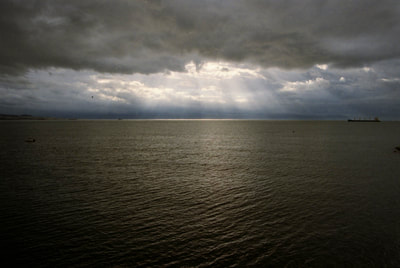
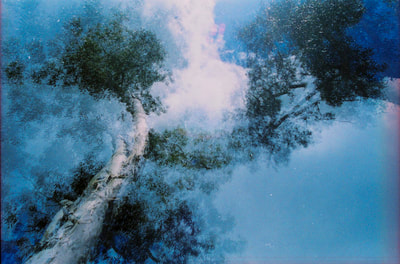
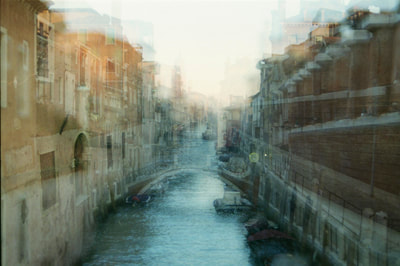
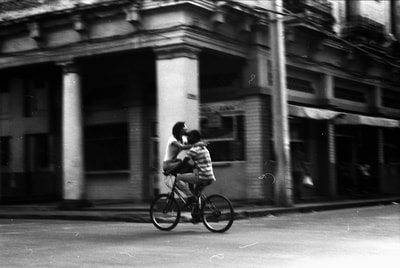
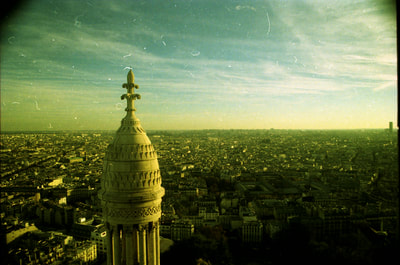
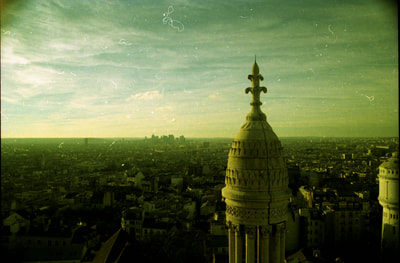
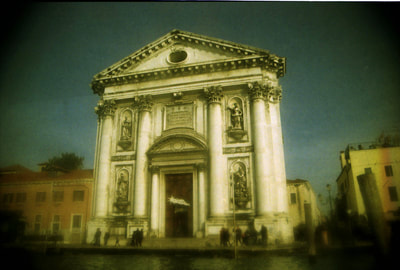
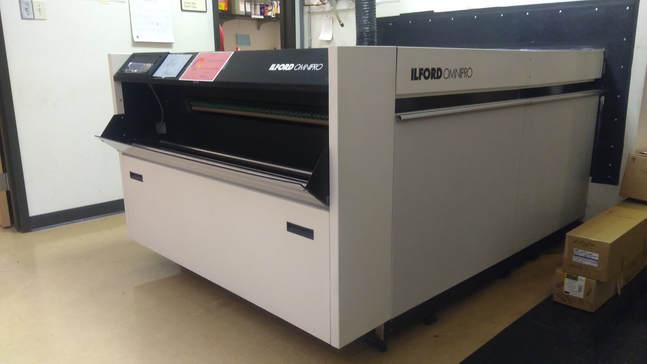
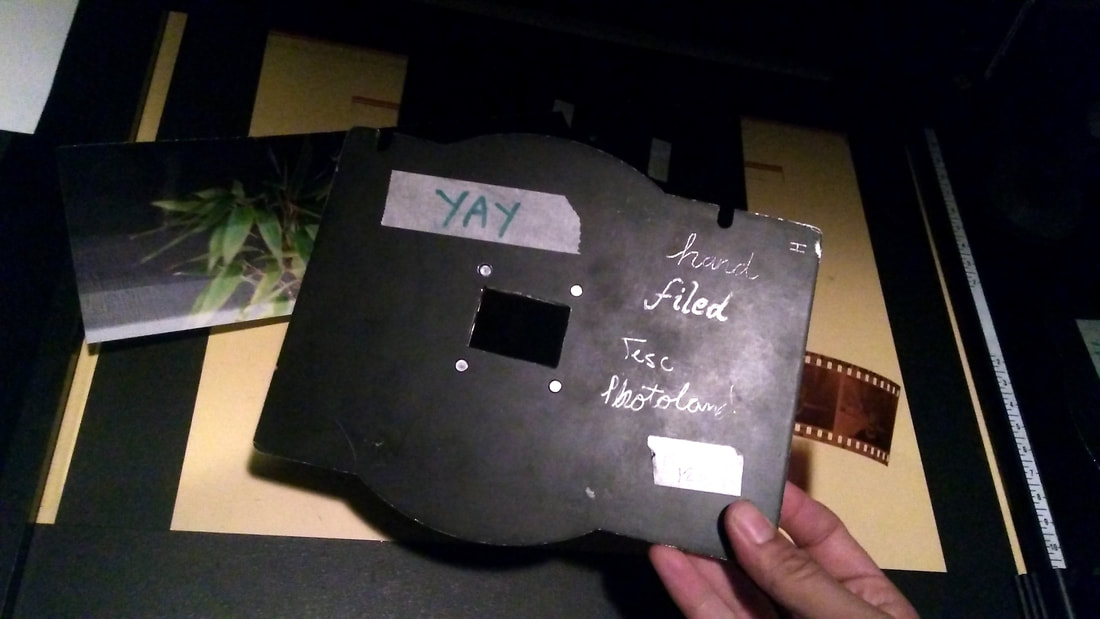
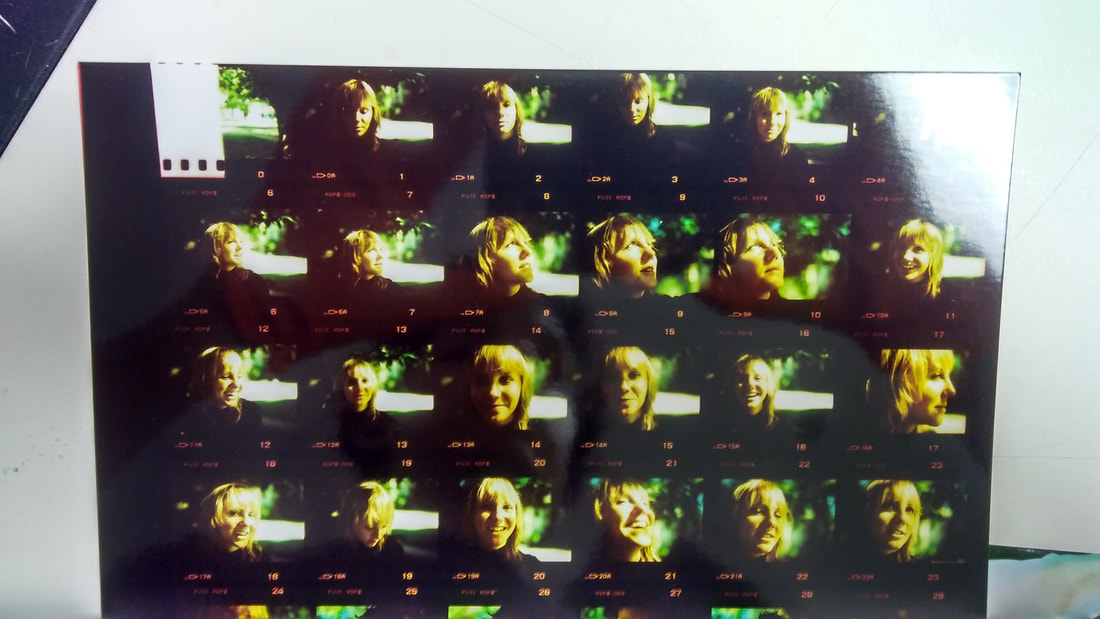
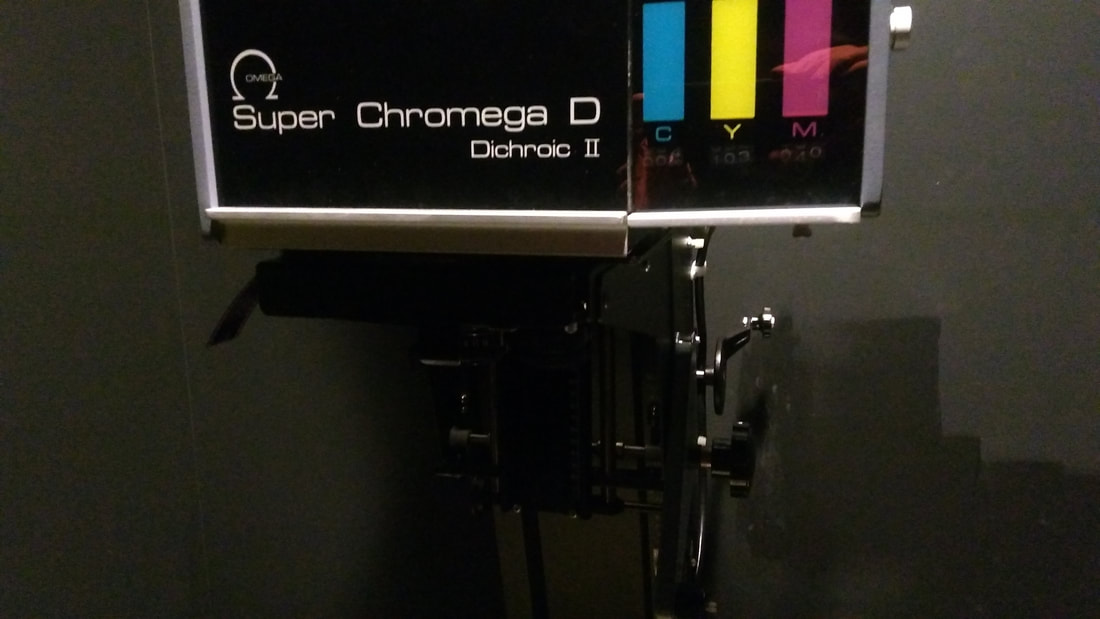
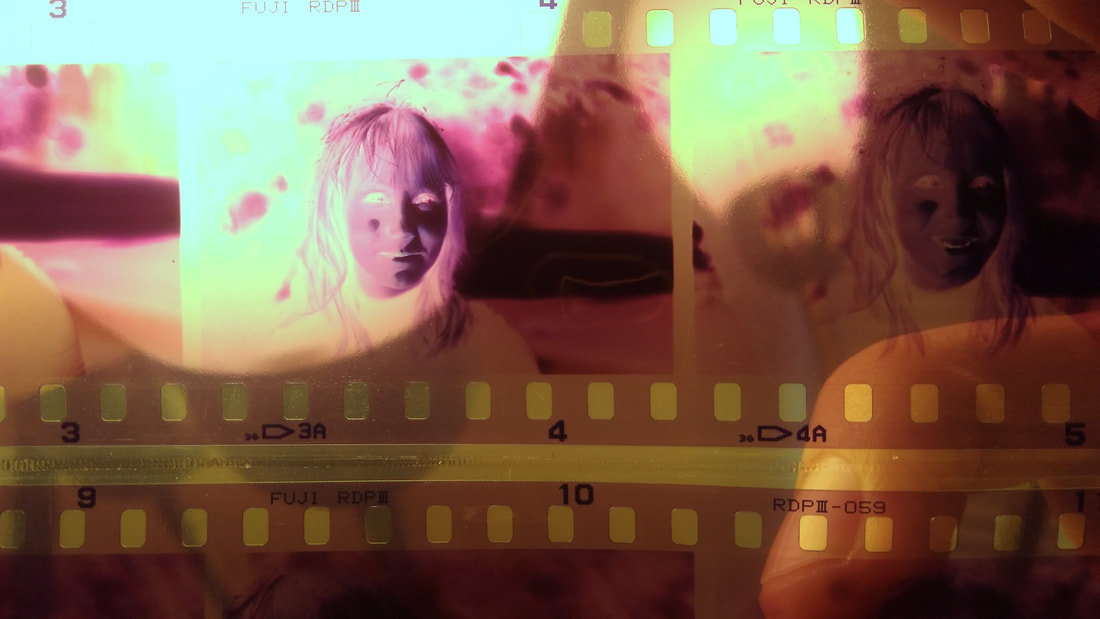
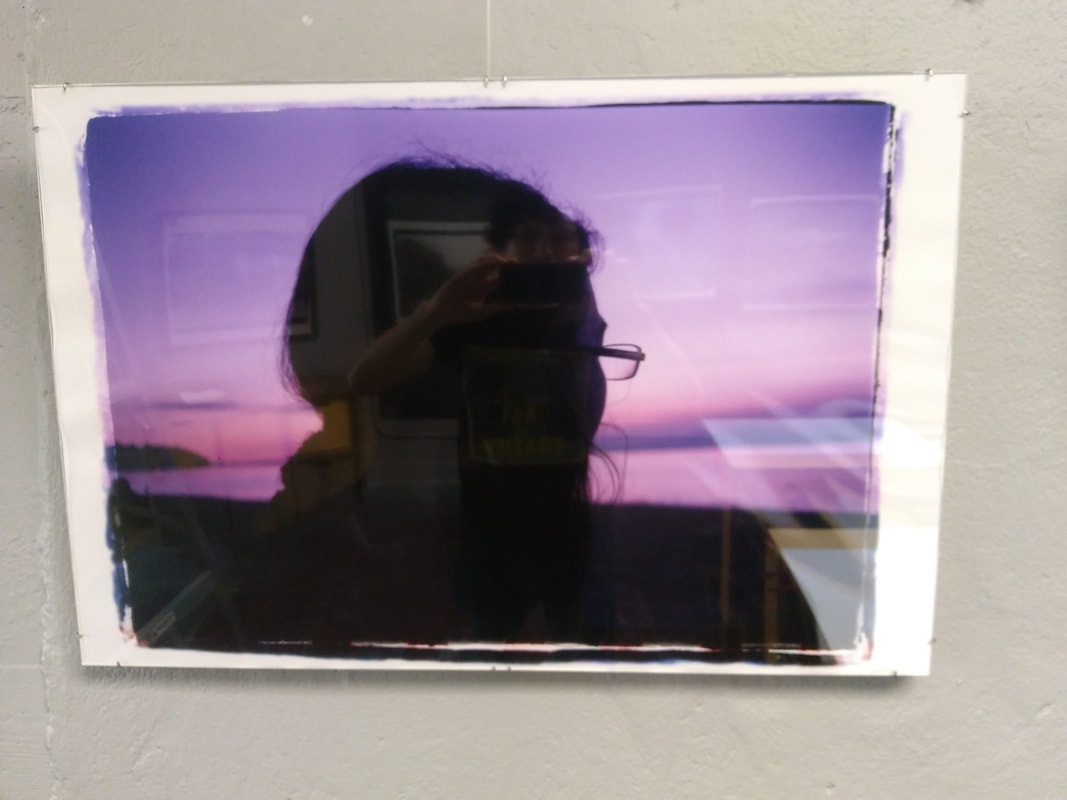
 RSS Feed
RSS Feed
